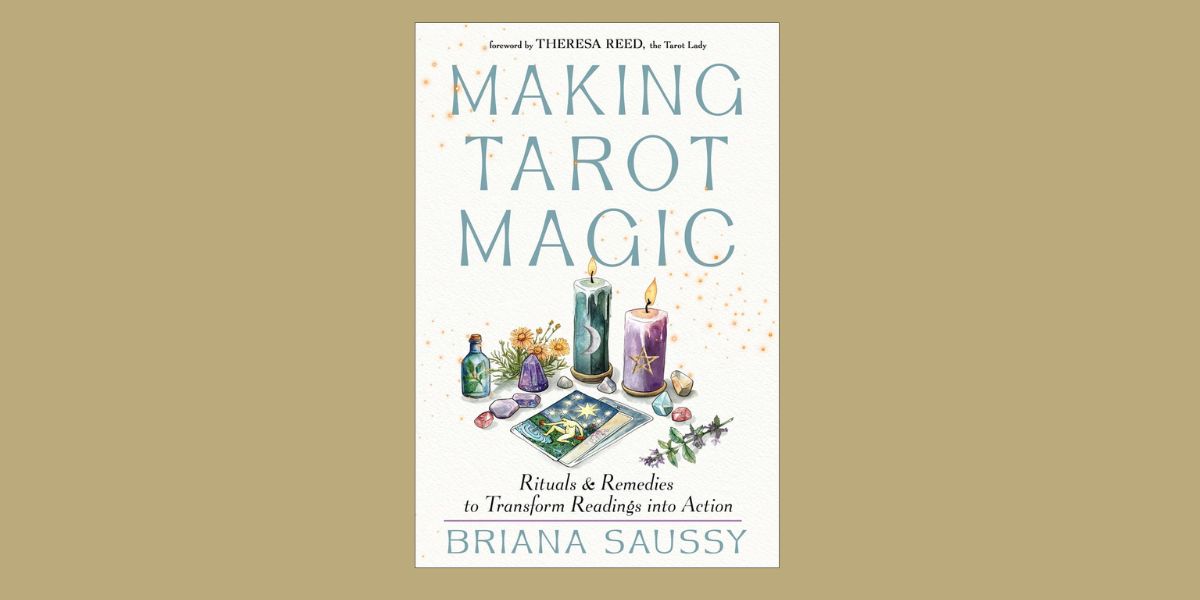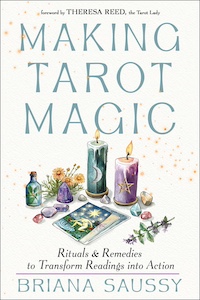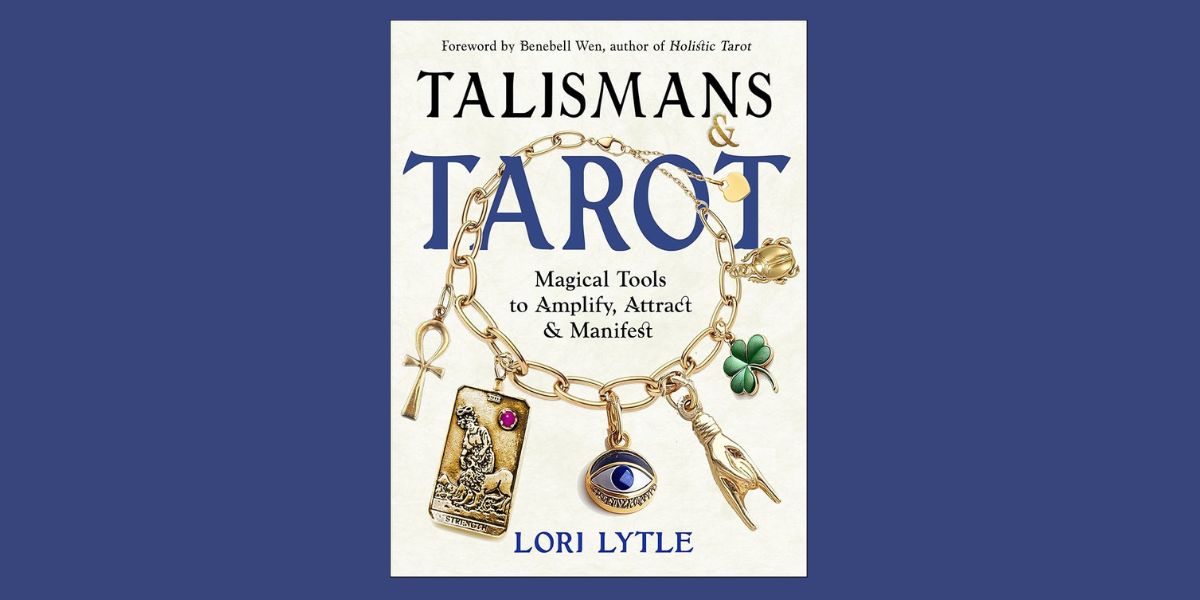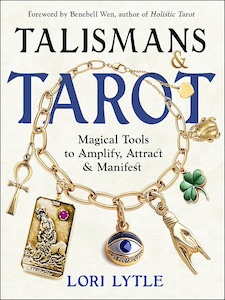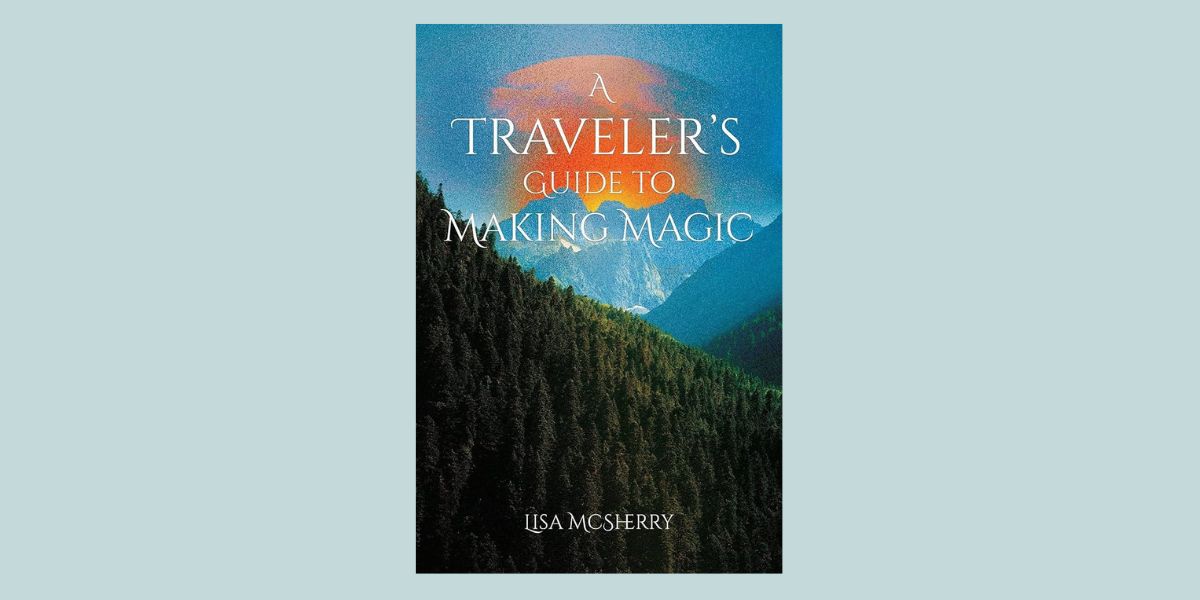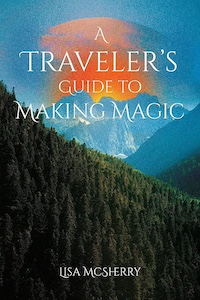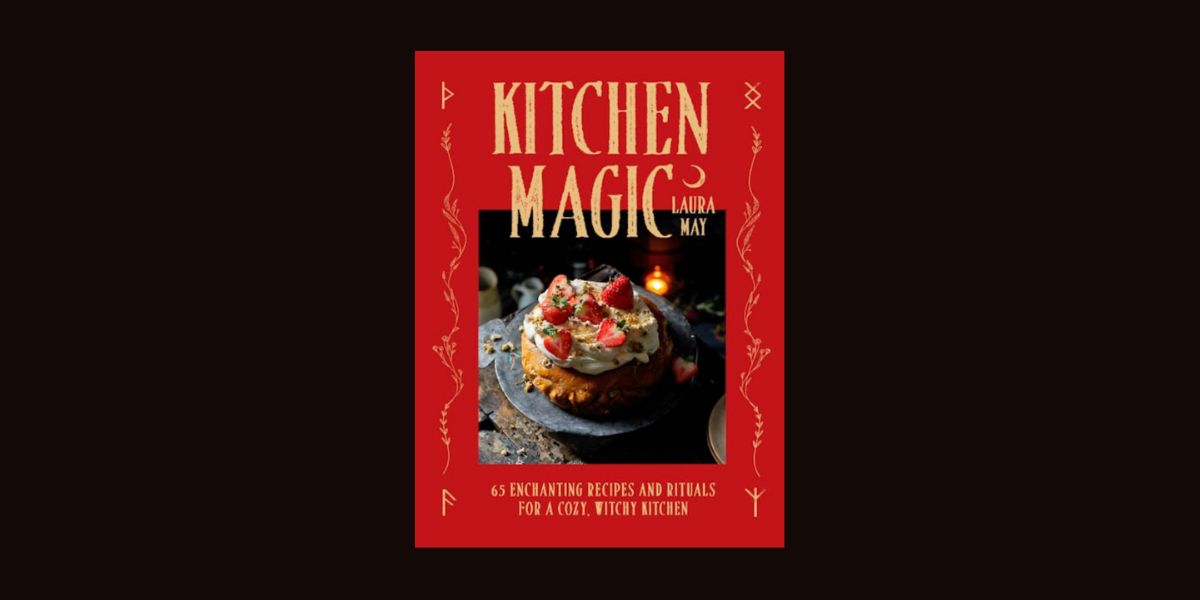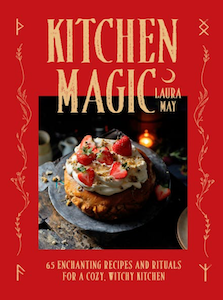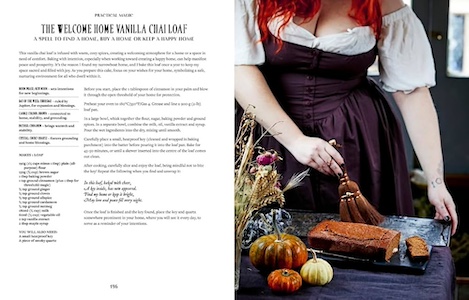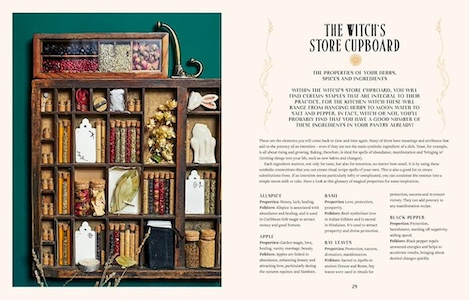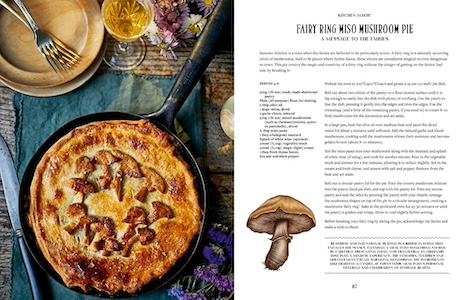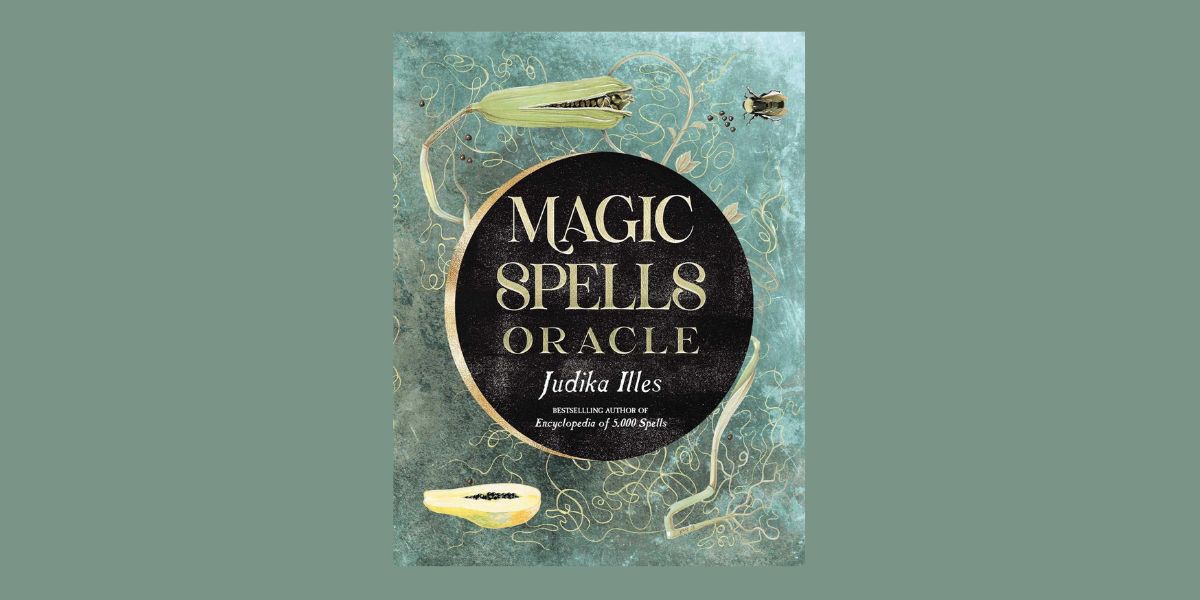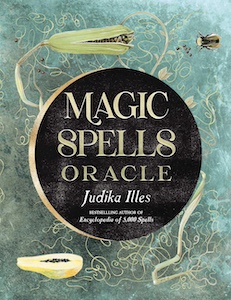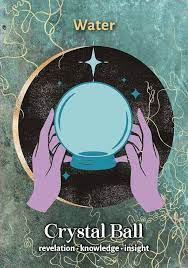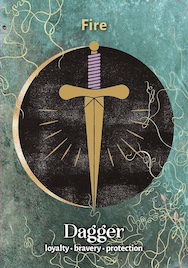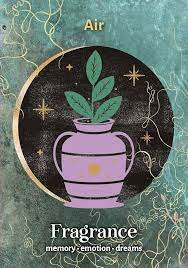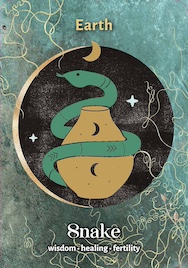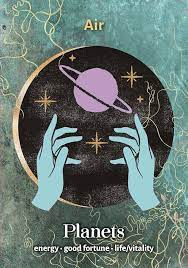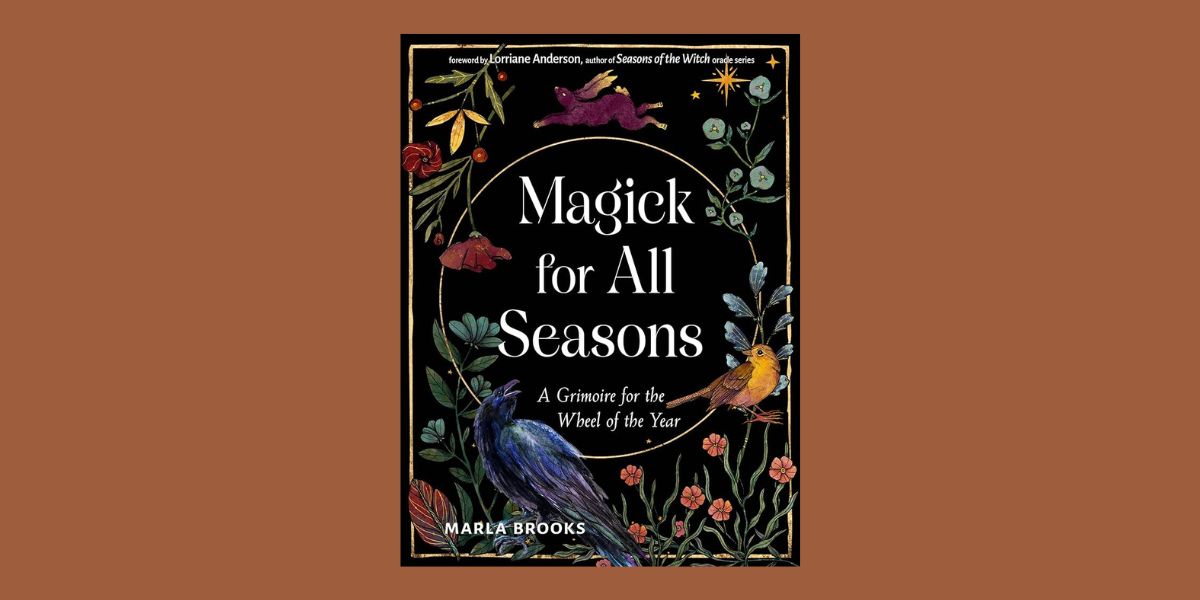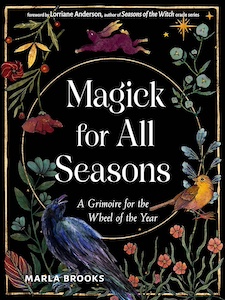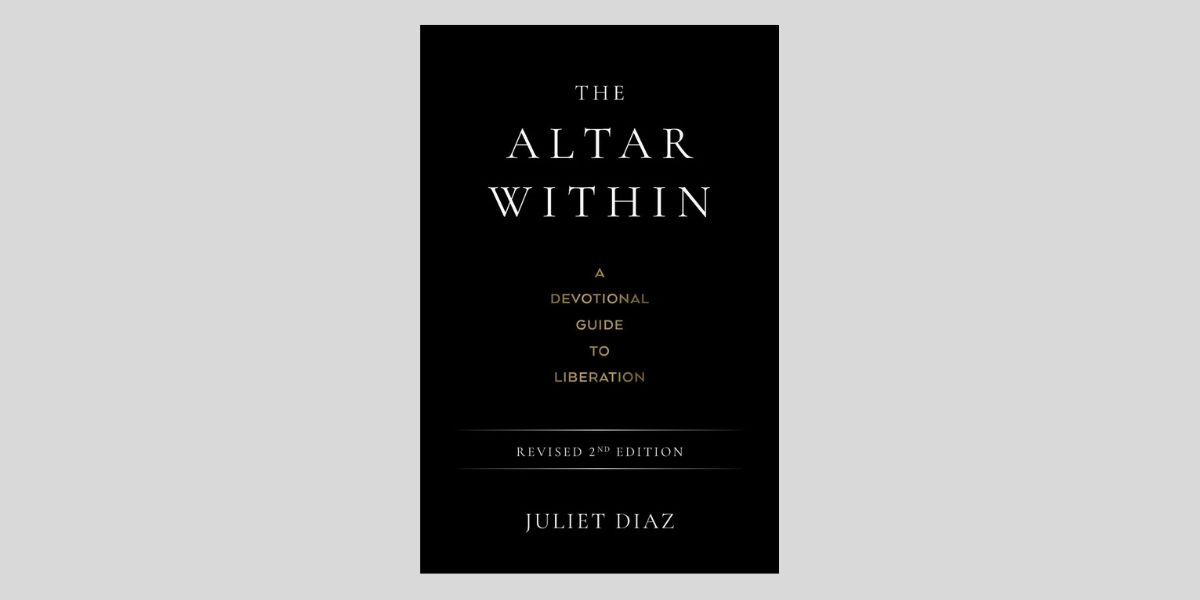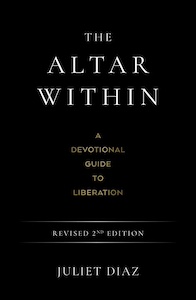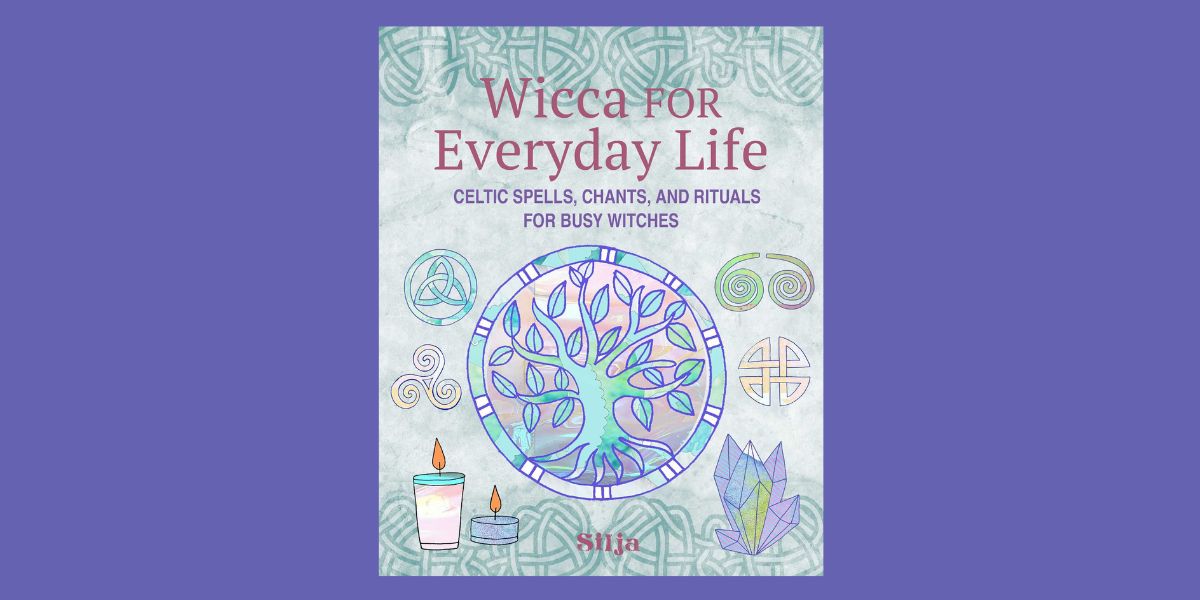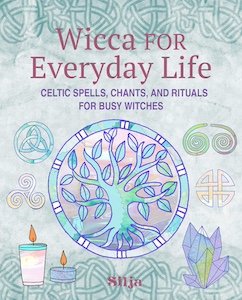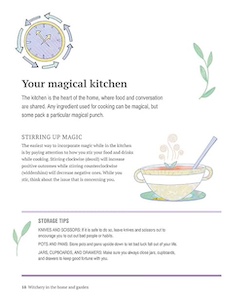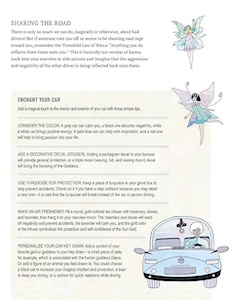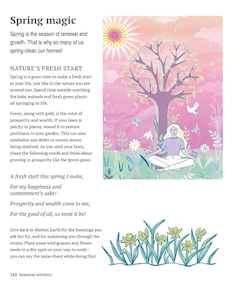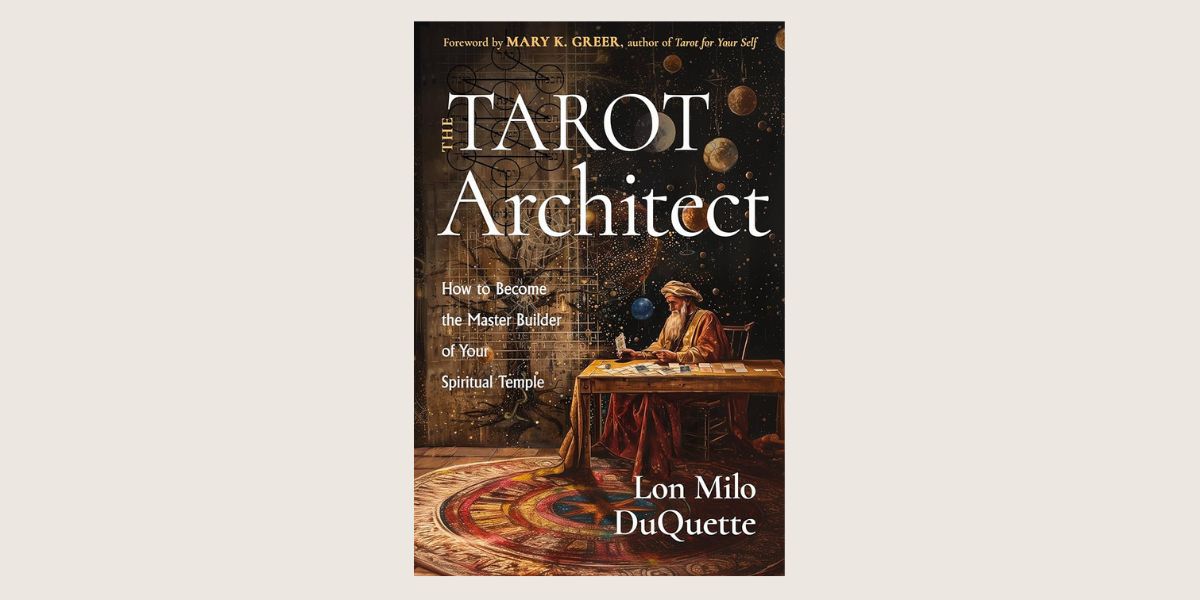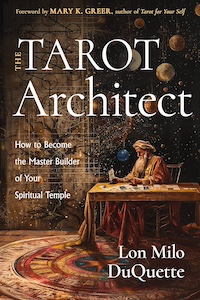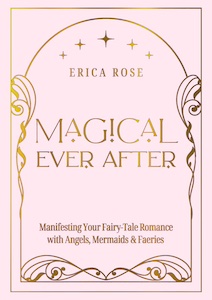
Magical Ever After: Manifesting Your Fairy-Tale Romance with Angels, Mermaids & Faeries, by Erica Rose
Muse Oracle Press, 1763586944, 200 pages, November 2025
It’s a love story, baby just say yes! Except.. Sometimes it’s a real struggle, right? For those who have wished for a bit of help from a fairy god mother, Erica Rose is here to teach you how to connect with not only fairies, but angels and mermaids too. Her new book Magical Ever After: Manifesting Your Fairy-Tale Romance with Angels, Mermaids & Faeries invites you to be the author of your own love story with a bit of magically-inspired assistance from these guides in matters of the heart.
“Manifesting love is not about using magic to force someone to fall in love with you. It’s about you, yourself, adjusting the energy you are projecting in order to match the energy of whoever out there would be your perfect partner. It’s about getting into alignment with the type of love you deserve and desire.”1
As soon as I held this beautifully bound, pink hardcover book in my hands, I could feel the soft and gentle allure of romance and magic within the pages. Beginning with “Once Upon a Time” and ending with “Your Happily Ever After”, Rose has written a potent guide for healing your own wounds, forgiving the past, and really cultivating self-love. She teaches how falling in love with yourself first creates a magnetism that brings in the love you desire. And along the way, there’s mystical helpers to aid in this process of transformative inner work.
Magically Ever After begins with an introduction to the spirits readers will be working with: angels, including Guardian angels and Archangels too, and the elementals, mermaids and fairies. Calling on these spirits gives the interpersonal and manifestation work that will be done a very mystical feeling, inviting readers to move beyond their real life concerns and frustrations to tap into a more spiritually-attuned frame of mind when calling love into their life. Rose shares meditations for readers to connect with each of these guides, opening the doorway for readers to strengthen their connection to them before setting off on this journey of love.
First, Rose teaches how to become more aware of one’s love mindset. From the media we consume to blocks around the possibility of ever finding a loving relationship, she shares ways for readers to reflect on their romantic views and shift them into a more positive mindset. Though dating can be draining, her tips bring an uplifting, hopeful perspective that encourages readers to learn from their experiences, readjust, and remain open to all possibilities.
The next topic Rose delves into is self-love. By working with the mermaids, fairies, and angels, readers have the opportunity to spruce up their self-image, tend to their inner needs with care, and honor the path they alone walk. Rose consistently reminds readers their story is unique, and there’s no reason to get caught up in an artificial sense of timing or comparison to others.
The inner empowerment developed in the self-love section gives readers the courage they need for the next part of the process. Rose’s next topic is releasing the past. To me, this felt a bit like the shadow work section, where readers are guided to look into past lives and generational influences, along with healing their own heartbreak to cleanse the slate for their romantic lives. Too often we want to move forward with a new path, but the past has not been fully honored, healed, and released. Rose provides plenty of divine tools for readers to let go of what’s been to make room for what they truly desire.
The final section is all about living a life of love. After getting in the right mindset, cultivating self-love, and releasing the past, the focus turns tapping into the love all around and manifesting dream romance. Rose shares different visualization techniques to bring this reality to life.
“Continually find ways to romanticize your life. Pretend you’re the main character in a fantasy romance novel and be swept up in the idea that you already have the love of your life. If you can constantly convince yourself, your energy will radiate with love and the Universe will match that frequency.”2
One thing I like about this book is that all throughout Rose is sharing her own story of finding true love. Knowing that she went through this process herself provides a feeling of comradery. She’s sharing all of this wisdom from personal insight and actually doing the work; she GETS it. This makes the whole book incredibly authentic. Even the most rationally-minded readers will be able to benefit from Rose’s guidance on how to find love, regardless of if they’re comfortable working with the spiritual entities, because the content is sound advice overall.
While the content might seem whimsical, Rose actually presents a very healthy and grounded approach to manifesting romance. She doesn’t ignore the inner work, offering superficial tips for finding “the one”, rather she teaches readers how to go deep into their own past in order to create a foundation of self-love in their life. From this place of healing and self-acceptance, readers then send their energy outward to find a partner who is in alignment with this state of self-love. This beautiful, Venusian journey is one anyone can undertake. While Rose offers introductions to helping spiritual guides, sharing meditations and exercises to strengthen the connection, readers still have agency over which entities they feel called to work with; there’s lots of room for freedom and personal choice in how Rose presents the material.
It’s not presented as “manifest love fast” but rather “heal your heart and align deeply for long term happiness”. Rose encourages questioning social truisms (not being married by 25 doesn’t make you a spinster!), deeply exploring one’s feelings (you WILL need to do some honest soul searching!), and finding the positive within the journey (yes, that terrible date taught you something about what you actually are looking for!). And all throughout, Rose sprinkles in a happy dose of magic, affirmations, and rituals to keep readers inspired and optimistic about their romantic journey.
Here are some of my favorite meditations, rituals, and practices shared by Rose to help readers uncover blocks in their love life, heal, and align their mindset to attract everlasting love:
ㅤ♡ Candle Spell for Passionate Love
ㅤ ♡Archangel Jophiel Morning Beauty Routine
ㅤ♡ Mermaid Mirror Work
ㅤ♡ Fairy Tea Ceremony for Self-Love
ㅤ♡ Rewriting Your Identity Ritual
ㅤ♡ Generational Healing with Archangel Raphael
ㅤ♡ Love Intention Bath with the Mermaids
ㅤ♡Social Amplification Reflection Questions
Overall, Magical Ever After is an empowering guide to manifesting the love one desires and deserves. For those open to spiritual assistance from the angelic, fairy, and mermaid realms, this book is a wonderful resource. Rose has done an outstanding job balancing practical romantic advice with initiation to let the mystic energy of the Universe guide the path to true love.
I’m a big believer in manifestation work succeeding the most through partnership with divine entities, so I have full confidence that the bridge created between realms through the process in this book leads to readers finding their dream relationships. I recommend Magical Ever After for those who need some uplifting inspiration in their love life; there’s always love and happiness available in life, if one is willing to open up to the possibilities.
Alanna Kali is an astrologer, numerologist, and pioneer spirit that loves to explore life through the lens of depth psychology. She has a passion for studying the humanities and social trends. Her academic work is centered upon reuniting body, mind, and spirit through eco-psychology. She loves reading, spending time in nature, and travel.

